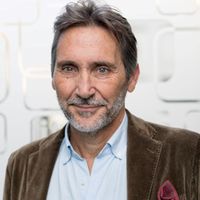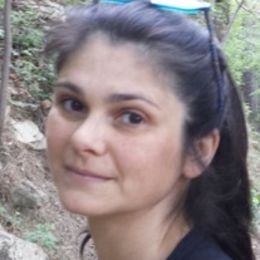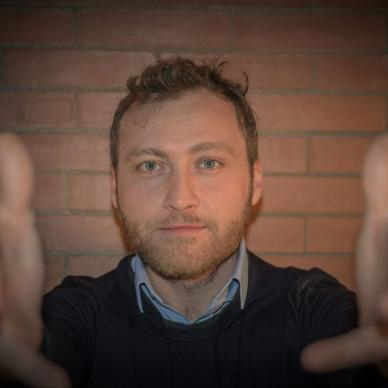Activity 5 - Healthcare robots
Activity 5 focuses on healthcare robots and allied technologies, that are not yet available on the market but have been fully implemented and will be refined, adapted to the specific clinical needs, and tested in exploratory clinical trials.
These devices aid people with reduced sensorimotor or cognitive functions to reach assistive or rehabilitative goals. Among these, assistive robots (like thought-controlled prostheses, assistive exoskeletons, manipulators on wheelchairs, etc.) can restore lost sensory and motor functions, rehabilitation robots (end-effectors, rehab exoskeletons, gait trainers, etc.) can provide sensorimotor and/or cognitive training and assessment tools can provide quantitative, reliable, and repeatable measures to support clinical evaluations and decisions.
Activity 5 envisions the following activities:
- Collect and examine available technologies within the consortium that are suitable for exploratory clinical trials.
- Match unmet user needs and the devices that can address them.
- Collaborate with clinicians to co-design modifications necessary to optimize the hardware and software of the devices for user needs.
- Refine and adapt existing validated healthcare technologies to meet identified user needs.
- Supplement devices with digital infrastructure, environments, and services, when required.
- Create replicas of devices for testing purposes.
- Develop specialized tools for assessing device performance.
- Define together with the clinical partners the experimental settings and the clinical protocol.
- Prepare the Investigator's Brochure and the files for submission to the Ethics Committee and Ministry of Health.
- Provide support during the clinical trials, including data analysis and result interpretation.
The expected outcome is a new generation of healthcare robots and allied technologies tailored to specific clinical needs, particularly those currently unmet.
Activity Leaders

Antonio Bicchi
/ Università di Pisa
Maura Casadio
/ Università degli Studi di Genova